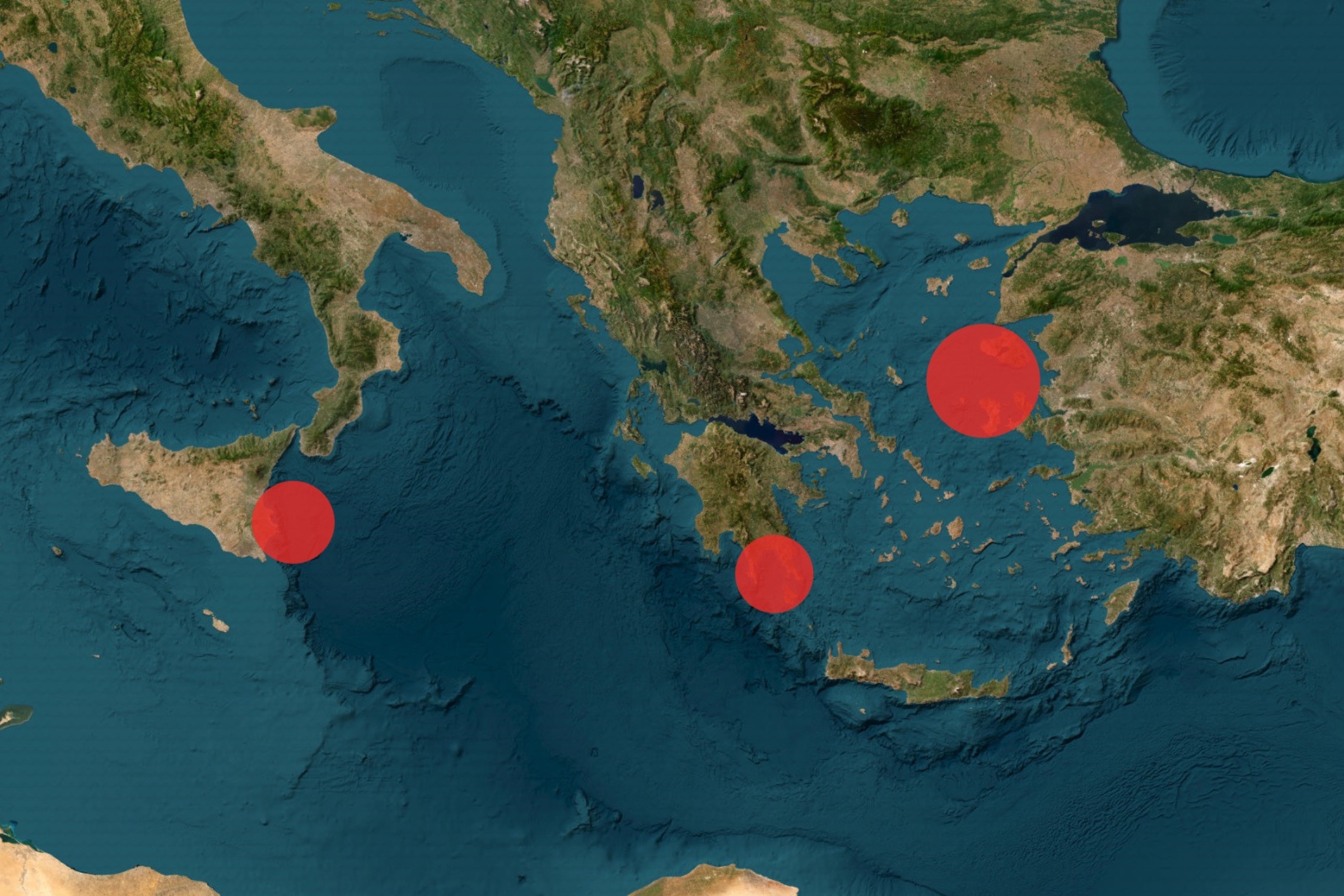A huge asteroid the size of a football field is zipping past the Earth tomorrow.
The asteroid, named 2006 WB, is estimated by NASA's Jet Propulsion Laboratory (JPL) to likely be about 310 feet across, though according to JPL's Center for Near-Earth Object Studies (CNEOS), the asteroid may have a diameter anywhere between 240 and 525 feet across.
For reference, a football field is about 360 feet across, the Statue of Liberty stands about 305 feet tall, and the Washington Monument is about 555 feet tall.

At a passing distance of 554,000 miles, 2006 WB will skim past us at about twice the distance between the Earth and our moon, which orbits us at 238,900 miles. 2006 WB's distance is still incredibly close on a solar system scale—our neighboring planet Venus is about 24 million miles away at its closest point.
The asteroid is expected to zoom past us at a speed of about 4.2 km/s, or roughly 9,400 mph. This is several times faster than even the speediest of bullets: a rifle bullet can travel up to around 2,700mph.
There are four other asteroids venturing close to Earth over the coming days. Today, two bus-sized asteroids named 2024 WF2 and 2024 WJ3 will soar past at distances of 1,780,000 miles and 2,780,000 miles, respectively, followed by the plane-sized 2009 WB105 at a distance of 3,600,000 miles. Then, on Tuesday, a bus-sized asteroid named 2024 WD3 will pass at about 1,080,000 miles.
"Asteroids are whizzing by all the time—mostly unreported!" Jay Tate, director of the United Kingdom's Spaceguard Centre observatory, told Newsweek.
The building-sized 2006 WB is classified as a Near-Earth Object, or NEO, due to its proximity to our planet. NEOs are defined as objects that come within 30 million miles of Earth, which equates to about 120 million miles from the sun.
"Asteroids and comets with a perihelion distance (closest to the Sun) less than 1.3 astronomical units (AU), or approximately 120 million miles, are called near-Earth objects—or NEOs," Svetla Ben-Itzhak, an assistant professor of space and international relations at Johns Hopkins University, previously told Newsweek.
Some NEOs are additionally classified as potentially hazardous asteroids (PHAs) or potentially hazardous objects (PHOs) if they are 4.6 million miles from the sun, and also larger than 460 feet in diameter. We have discovered over 34,000 NEOs in our solar system, and CNEOS tracks at least 2,300 PHAs.
"A potentially hazardous asteroid (PHA) is one that has an orbit intersecting the Earth's orbit around the Sun by less than 0.05 astronomical units (1 AU is the distance to the Sun), that's just over 4.5 million miles," Martin Barstow, a professor of astrophysics and space science at the University of Leicester in the U.K., previously told Newsweek.
"It also has to have an absolute brightness of 22.0 or less (lower values of the magnitude are brighter = larger objects), i.e. an asteroid (or comet) that would cause significant regional damage if it hit the Earth.
"Not all NEOs are potentially hazardous, but all hazardous objects are NEOs."
2006 WB, 2024 WF2, 2024 WJ3, 2009 WB105, and 2024 WD3 are all NEOs, but none are also PHAs due to their larger distance from the Earth and smaller size.
The probability of a large asteroid hitting our planet is incredibly low, however, if it did one day occur, it would be cataclysmic for humankind.
"If a cosmic body [of 460 feet (140 meters) in diameter] crashed into Earth, it could destroy an entire city and cause extreme regional devastation; larger objects over 1 kilometer [in diameter] could have global effects and even cause mass extinction," Ben-Itzhak said.
Do you have a tip on a science story that Newsweek should be covering? Do you have a question about asteroids? Let us know via science@newsweek.com.



















 English (US) ·
English (US) ·